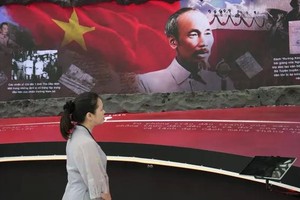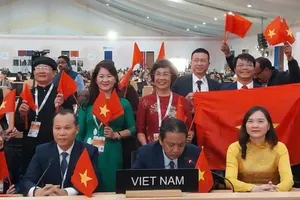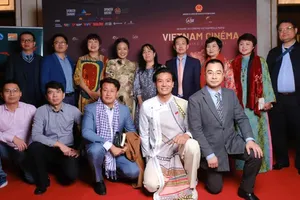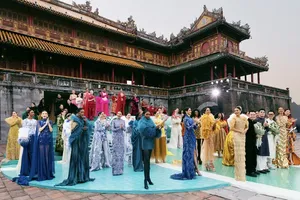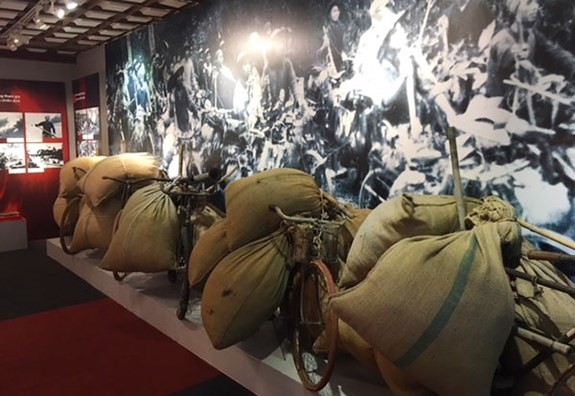
On display are over 300 documents and artefacts featuring the contributions of thousands of porters from all regions of the country to the campaign, thereby helping to ensure the historic Dien Bien Phu Victory on May 7, 1954.
During the 56-day campaign, volunteer porters used nearly 21,000 bicycles, 7,000 wheelbarrows, and 1,800 rickshaws pulled by cattle to transport over 24,000 tonnes of rice, 1,800 tonnes of food, 1,450 tonnes of bullets and 10,139 wounded soldiers.
The exhibition is divided into an introduction and three main parts, including the first introducing the policies of the Party Central Committee and President Ho Chi Minh on encouraging all officials, soldiers, porters and volunteers to overcome all difficulties to gain success in the campaign.
The second part reflects the 56 days and nights of the Dien Bien Phu campaign, highlighting the Vietnamese military forces’ heroic struggle to destroy the entire group of fortresses of the French colonialists in the locality.
Lastly, images of Dien Bien Phu city today, as well as the frontline porters’ contributors to the development of the city in particular and the nation in general are introduced to visitors.
The Dien Bien Phu Campaign lasted from March to May 1954 under the command of General Vo Nguyen Giap. Vietnam’s victory on May 7, 1954 led to the signing of the 1954 Geneva Accords in which France agreed to withdraw its forces from its colonies in Indochina.


